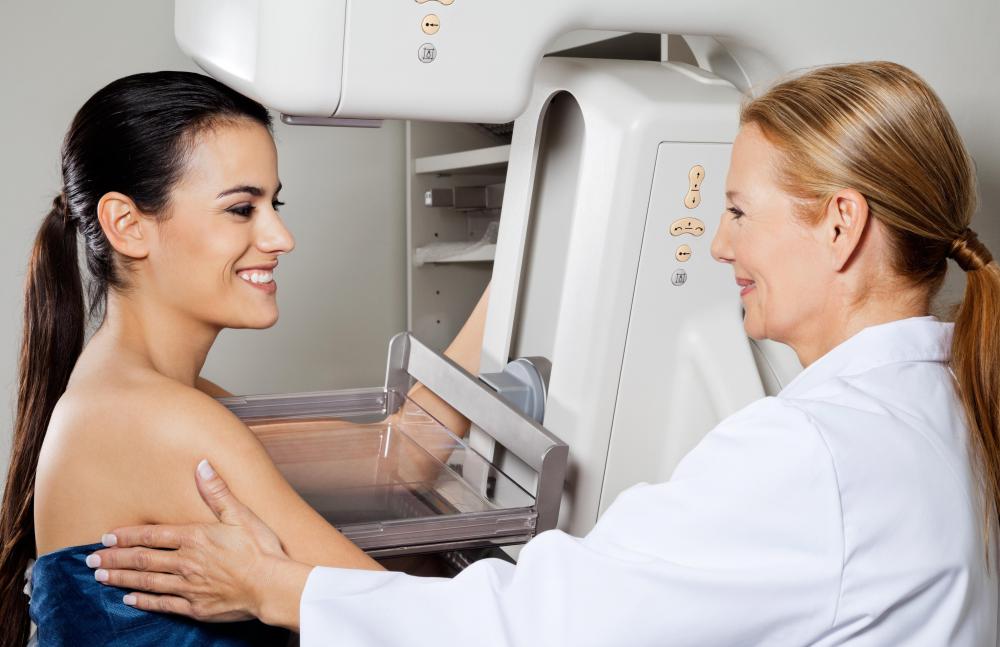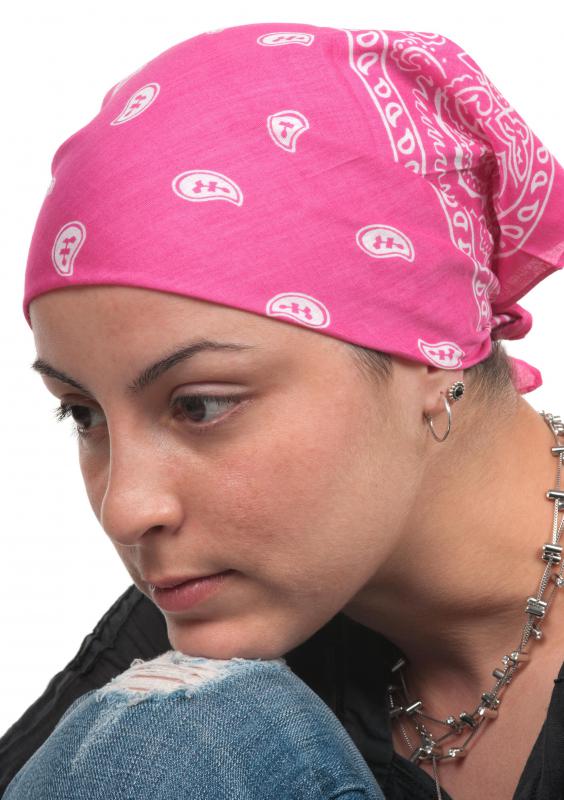At TheHealthBoard, we're committed to delivering accurate, trustworthy information. Our expert-authored content is rigorously fact-checked and sourced from credible authorities. Discover how we uphold the highest standards in providing you with reliable knowledge.
What are the Different Types of Breast Cancer?
Breast cancer is one or more malignant tumors that develop in the breast cells. The cancer cells that form the tumor begin in the breast tissue and spread throughout the body. Although more common in women, men can contract the disease as well. Invasive, or infiltrating, ductal carcinoma; invasive, or infiltrating, lobular carcinoma; medullary carcinoma; Paget's disease; and inflammatory breast cancer are all cancers that afflict the human body. Several rare types can strike people as well.
Invasive, or infiltrating, ductal carcinoma is the most common, making up 70% of all cases. This particular form of cancer starts in the breast duct, where it infiltrates the duct's wall until it arrives at the breast's fatty tissue. From there, it has the ability to spread to other sections of the body by means of the bloodstream and lymphatic system.
The second most common cancer of the breast is called invasive, or infiltrating, lobular carcinoma. It represents 10% of all cases. This type of cancer starts in the terminal ducts of the glands that produce breast milk.

Comprising 3 to 6% of cases is the cancer called medullary carcinoma. In this particular type, cancer tissues are easily distinguished from normal tissues. The cancer cells are larger and immune system cells hover around the border of the tumor. This makes medullary carcinoma easier to treat than other forms of invasive cancer of the breast.
Paget's Disease is a cancer that comprises 3% of all cancer of the breast incidents. This cancer is focused on the areola and nipple area of the breast. It is characterized by redness of the skin and around the nipple and areola. The cancer victim often feels a burning or itching situation around the area.
Inflammatory breast cancer is a rare form that represents only about 1% of cases. Beginning signs of the disease include swelling of the skin, redness, and warmth, and it basically looks as if the skin is infected.

Rare types of cancer of the breast include mucinous carcinoma, a form of cancer that attacks older women. This type of cancer represents 3% of all cases. Tubular carcinoma and papillary carcinoma represent 1% of cases. Adenocystic breast cancer comprises 0.4% of cases, while carcinosarcoma represents 0.1% of cases.
An excellent way to detect cancer of the breast is to undergo screening. Mammograms can typically detect cancer before the disease becomes problematic. Women who are 40 years and older should have a mammogram each year.

Women who are in their 20s and 30s should have regular clinical breast exams conducted by a healthcare professional. Monthly breast self exams are another important way for women to become accustomed to the look and feel of their own breasts. They can then notify a medical professional of any changes in their breasts that may be the early signs of cancer.
AS FEATURED ON:
AS FEATURED ON:


















Discussion Comments
My best friend in elementary school had a mom with metastatic breast cancer. Even at the time I knew it was really tragic, because you could just look at her and see the sickness, if you know what I mean.
She had been through almost all the treatment options out there -- breast cancer surgery, radiation, etc. -- but nothing worked permanently, the cancer just kept coming back.
I remember going over to their house for the first time and being shocked when I saw her mom without her bandana on -- she was bald from the radiation therapy, and that was the first time I had ever seen a bald woman.
Well, my parents moved, so I left that school and lost touch with my friend, but I still think about her and remember what it was like to be around someone that sick -- it really is as hard, in a different way, on the family as on the patient. So to those of you in a situation like that, you have my everlasting sympathy.
I was wondering if somebody could tell me more about the different breast cancer stages. I am doing a report on breast cancer for a class, and am having a hard time finding information about the stages of breast cancer that I can actually understand and digest easily -- most of it is in such heavy medical-speak that it's really hard to deciper.
Do you guys (wisegeek) have an article on the stages of breast cancer, or can somebody else give me a clear, concise understanding of the subject. I would be particularly interested in how breast cancer recurrence is affected by the stage in which the cancer is diagnosed.
Thanks!
Wow. I knew there were several kinds of breast cancer, but I had never seen them all listed out like that before. Talk about scary!
That makes me want to schedule a mammogram just reading about it!
And do you know, the sad thing is that so many women around the world are uneducated about breast cancer prevention. I have a friend who works in the Peace Corps educating women and girls about sexual health and things like that, and she told me that many women don't even know how to do a basic breast self-examination.
This is particularly sad since early detection is crucial for determining a good breast cancer prognosis, and many women that could have been saved just become breast cancer statistics.
So remember ladies, do your exams, get your mammograms, and if something does feel off, talk to your doctor at once. It is always better to be safe than sorry with things like this.
Post your comments